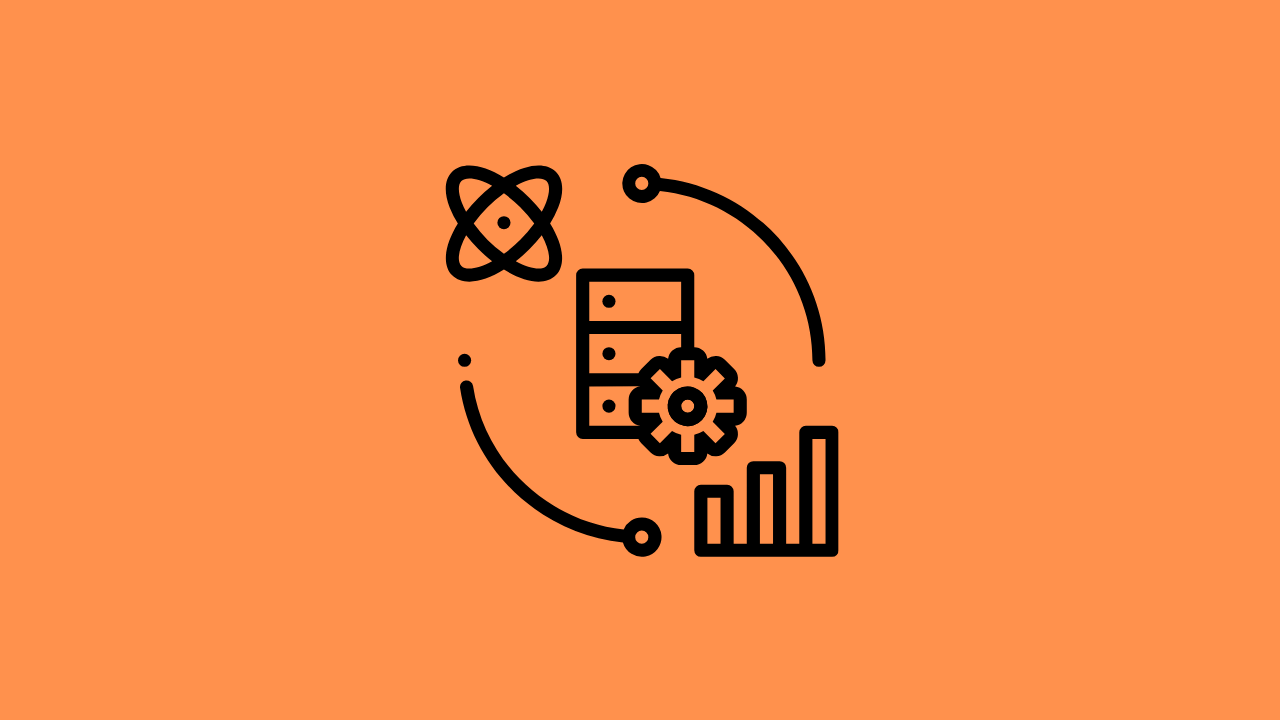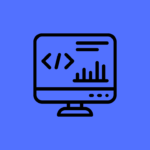Introduction
In today’s data-driven world, AI data science tools play a crucial role in transforming raw data into meaningful insights. These tools help data scientists, analysts, and businesses make informed decisions by leveraging the power of artificial intelligence and machine learning. In this article, we’ll explore the top 10 AI data science tools that are leading the way in innovation and efficiency.
Top AI Data Science Tools
AI data science tools are essential for extracting valuable insights from vast amounts of data. Let’s delve into the top 10 tools that are making a significant impact in the field.
Tool 1: H2O.ai
H2O.ai is a pioneer in automated machine learning (AutoML) and interpretable AI. Its flagship tools — H2O-3 and Driverless AI — automate the model-building process, from feature engineering to hyperparameter tuning. Designed for both data scientists and business analysts, H2O.ai enables users to build accurate predictive models without extensive coding. It’s widely used in industries like finance, insurance, and healthcare for credit scoring, risk modeling, and demand forecasting.
Best for:
Organizations seeking AI automation, transparency, and high-performance predictive analytics.

Tool 2: Databricks
Databricks unifies data engineering, analytics, and machine learning on its Lakehouse Platform — a hybrid of data lakes and data warehouses. It allows data teams to collaborate seamlessly on model training, deployment, and monitoring using familiar tools like Apache Spark, MLflow, and Delta Lake. Databricks also integrates with major cloud providers, offering scalability and real-time analytics for enterprise data workflows.
Best for:
Data teams that need a collaborative, scalable AI environment for big data and machine learnin
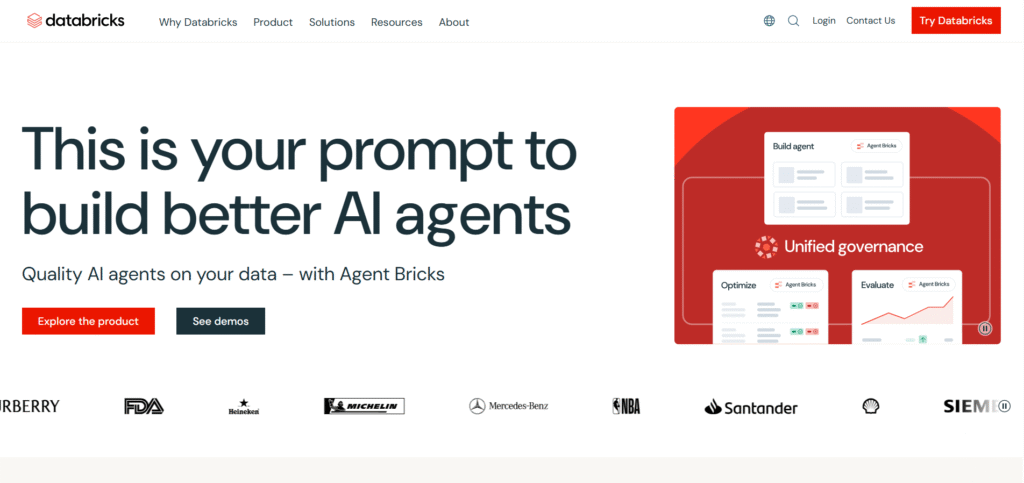
Tool 3: DataRobot
DataRobot is an enterprise AI automation platform that covers the entire machine learning lifecycle — data prep, model building, deployment, and monitoring. It uses automated model selection and performance benchmarking, enabling users to deploy AI models faster and with higher accuracy. With built-in governance and explainability, DataRobot ensures compliance and reliability in AI-driven decision-making.
Best for:
Enterprises looking for end-to-end AI automation with governance and explainability.
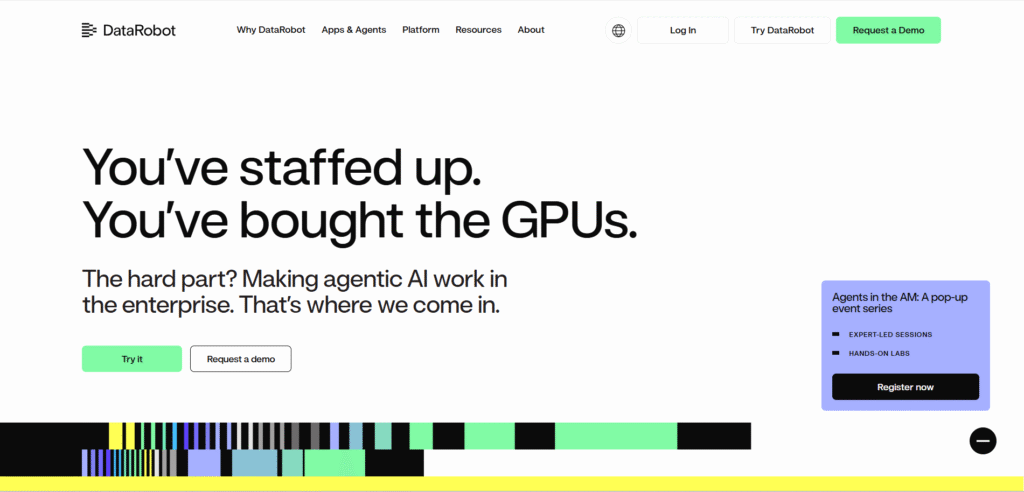
Tool 4: Google Cloud Vertex AI
Vertex AI is Google Cloud’s unified machine learning platform that simplifies model training, deployment, and monitoring. It supports pre-trained APIs, custom model building, and MLOps pipelines — all integrated with Google’s BigQuery and TensorFlow ecosystems. With AutoML and real-time prediction capabilities, Vertex AI helps data scientists deploy production-grade models faster with less manual effort.
Best for:
Data teams leveraging Google Cloud for scalable AI and automated ML operations.
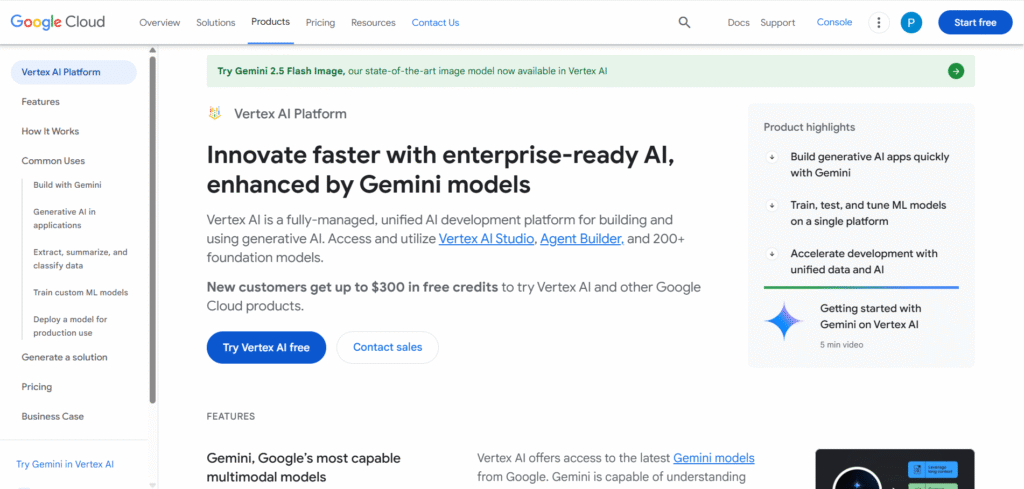
Tool 5: Apache Spark
Apache Spark is a distributed data processing framework that includes MLlib, a built-in library for scalable machine learning. It allows parallelized model training on large datasets and supports algorithms for classification, regression, and clustering. Spark’s in-memory computing engine makes it ideal for real-time analytics, and it integrates seamlessly with Python (PySpark), Scala, and R environments.
Best for:
Data engineers and scientists handling big data pipelines and distributed ML workloads.
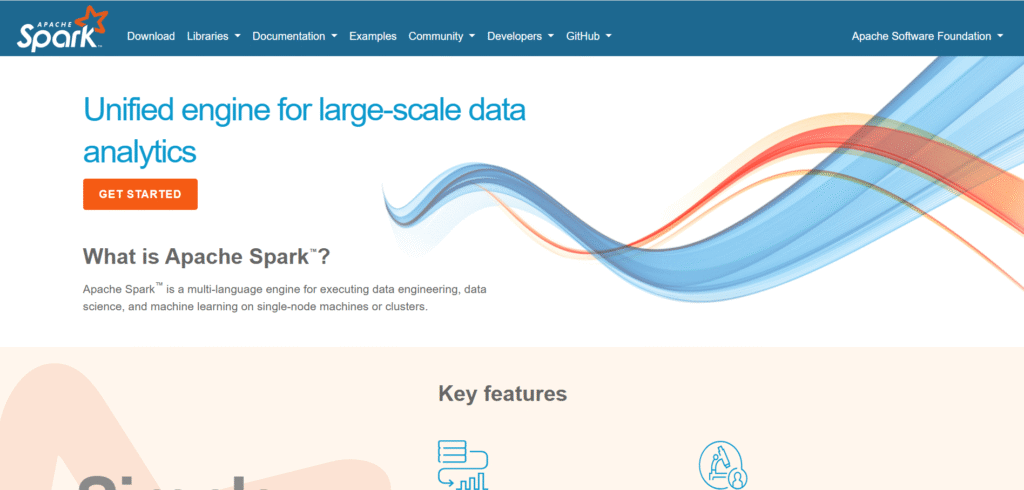
Tool 6: TensorFlow / TensorFlow Extended (TFX)
Developed by Google, TensorFlow is a widely used open-source deep learning framework for building neural networks and AI systems. Its production ecosystem — TensorFlow Extended (TFX) — provides tools for model validation, deployment, and serving at scale. TensorFlow supports both low-level experimentation and high-level APIs (like Keras), making it suitable for developers and researchers alike.
Best for:
AI engineers building end-to-end deep learning pipelines for production deployment.
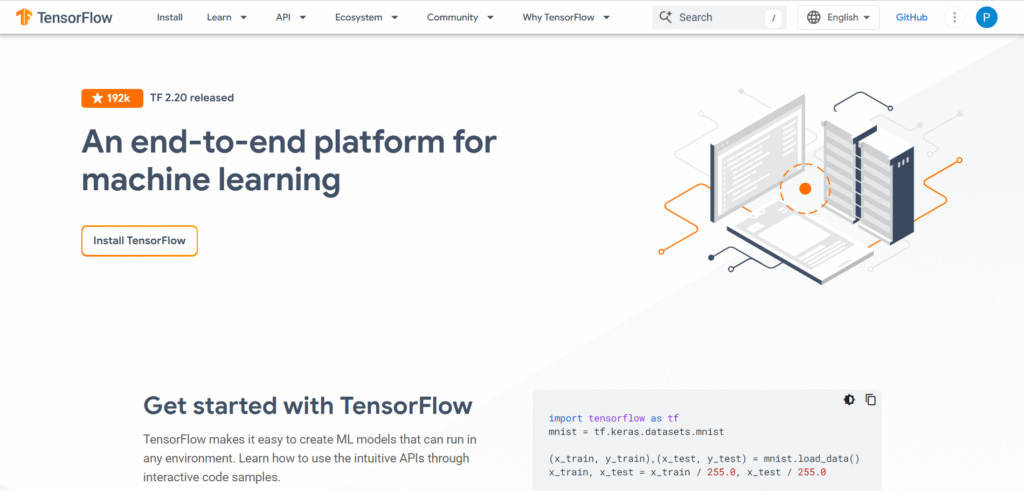
Tool 7: PyTorch
PyTorch, developed by Meta (Facebook) AI, is a dynamic deep learning framework known for its flexibility and strong community support. It uses dynamic computation graphs, making debugging and experimentation intuitive. PyTorch powers many state-of-the-art AI models in NLP, computer vision, and reinforcement learning, and integrates seamlessly with Hugging Face Transformers for rapid deployment.
Best for:
Researchers and ML practitioners needing cutting-edge, research-friendly deep learning.
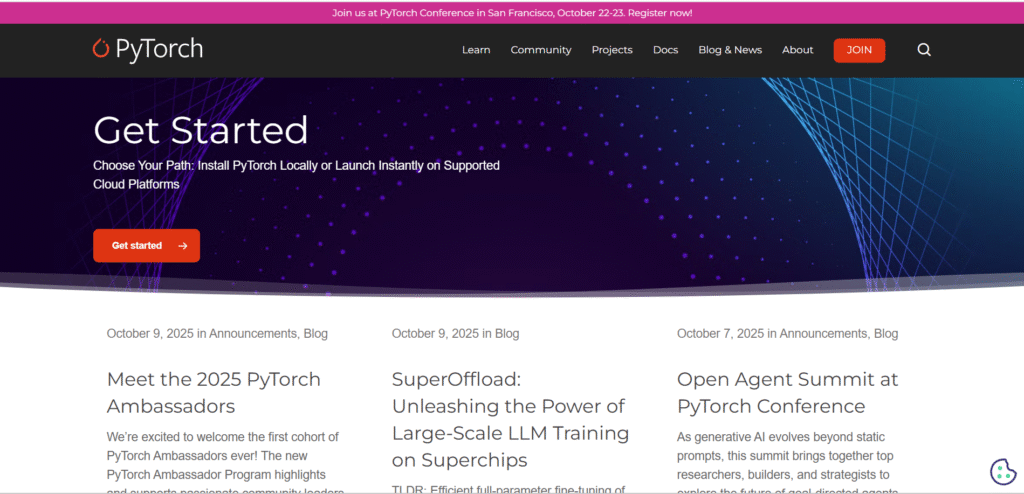
Tool 8: MLflow
MLflow is an open-source platform for managing the machine learning lifecycle, including experiment tracking, model versioning, and deployment. Originally developed by Databricks, it integrates easily with frameworks like TensorFlow, PyTorch, and Scikit-learn. MLflow enables collaboration across teams by standardizing how models are tracked, packaged, and served in production environments.
Best for:
MLOps engineers and teams managing AI model governance, tracking, and deployment.
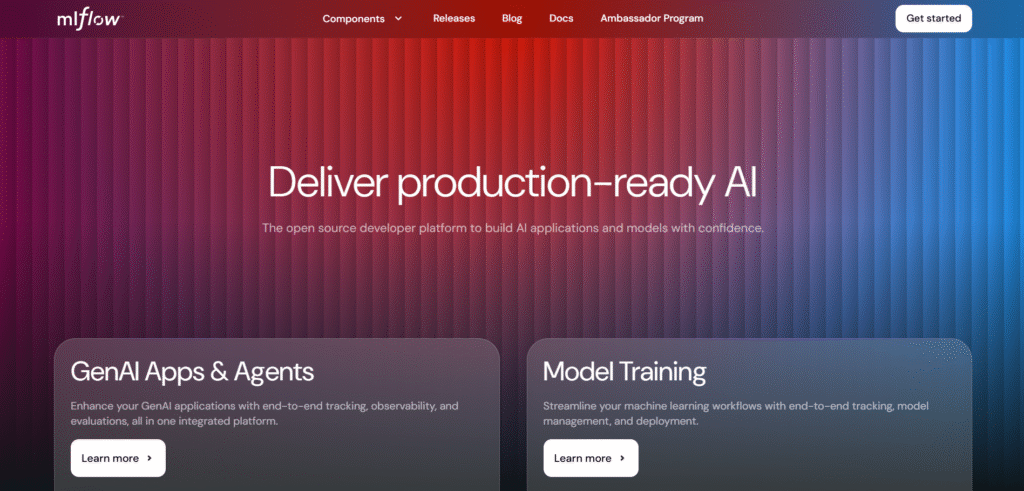
Tool 9: Kubeflow
Kubeflow is a cloud-native ML platform built on Kubernetes that automates the orchestration of machine learning pipelines. It provides scalable training, hyperparameter tuning, and model serving while optimizing resource usage across clusters. Kubeflow supports hybrid and multi-cloud deployments, making it a favorite for organizations adopting MLOps best practices.
Best for:
Enterprises deploying scalable, containerized ML workflows in production environments.
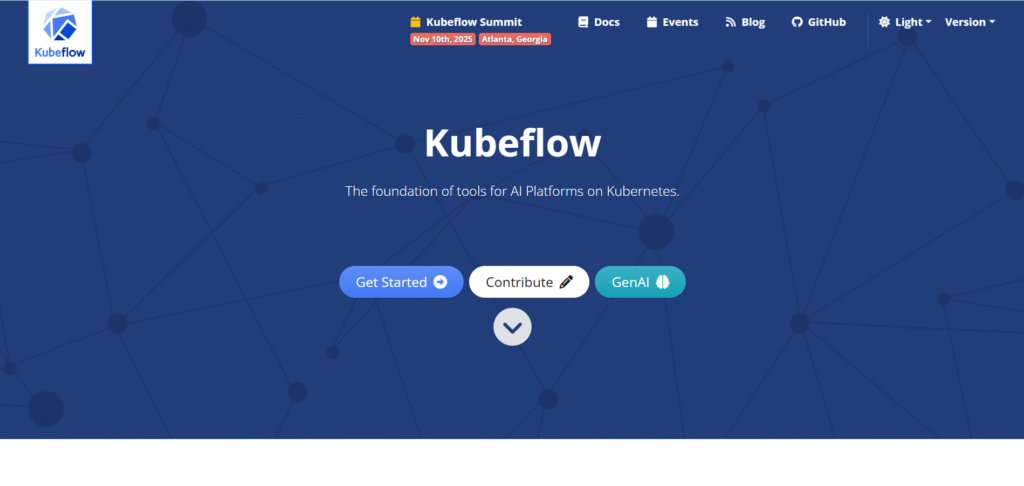
Tool 10: Hugging Face
Hugging Face is a transformer-based AI ecosystem that has revolutionized NLP and generative AI. Its open-source Transformers library offers pre-trained models for text, image, and audio tasks — ready for fine-tuning or zero-shot inference. The AutoTrain feature allows users to train and deploy models automatically with minimal coding. Hugging Face Hub provides a community-driven repository of 500,000+ models.
Best for:
Data scientists and developers working on NLP, computer vision, and generative AI projects.
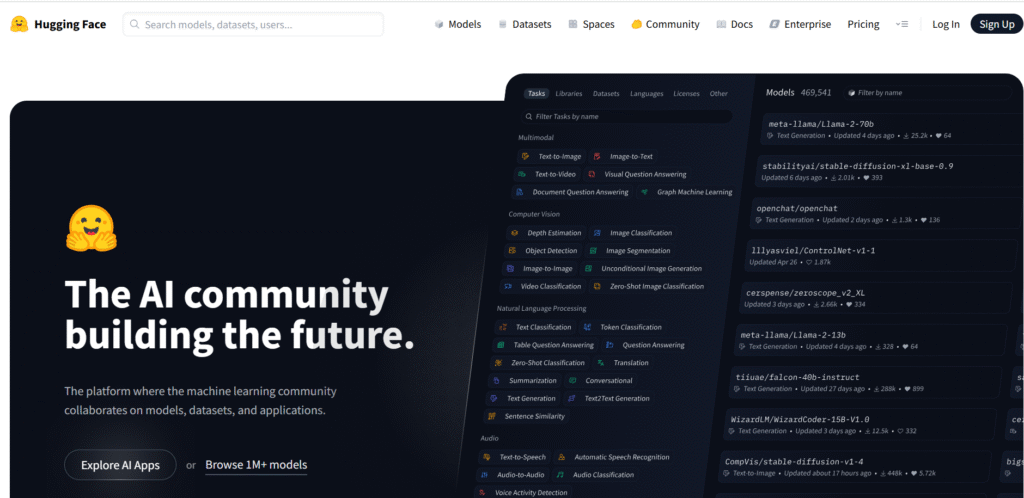
How to Choose the Right AI Data Science Tool
When selecting an AI data science tool, consider the following factors:
Factors to Consider:
- Ease of Use: Choose a tool that matches your technical proficiency and comfort level.
- Integration: Ensure the tool can integrate seamlessly with your existing systems and data sources.
- Scalability: Consider if the tool can handle the scale of your data and computational needs.
- Support and Community: Opt for tools with robust support and active user communities for continuous learning and troubleshooting.
- Cost: Evaluate the pricing models and choose a tool that fits your budget.
Comparison of Tools: A comparison chart can help you visualize the differences and similarities among the top AI data science tools.
| Tool | Core Focus | Ideal Users | Key Feature |
|---|---|---|---|
| H2O.ai | AutoML & explainable AI | Analysts, businesses | Automated feature engineering |
| Databricks | Unified analytics & ML | Data teams | Lakehouse architecture |
| DataRobot | Automated AI lifecycle | Enterprises | Model governance & explainability |
| Vertex AI | Cloud ML platform | GCP users | Unified AutoML + MLOps |
| Apache Spark | Distributed data processing | Engineers | MLlib for scalable ML |
| TensorFlow | Deep learning | Developers | TFX for production ML |
| PyTorch | Research & prototyping | AI researchers | Dynamic computation graph |
| MLflow | MLOps & model tracking | ML engineers | Experiment & version management |
| Kubeflow | Cloud-native ML orchestration | Enterprises | Kubernetes-based pipelines |
| Hugging Face | NLP & generative AI | AI developers | Transformer-based pretrained models |
Benefits of Using AI Data Science Tools
Efficiency: AI data science tools automate repetitive tasks, enabling data scientists to focus on more complex analysis and problem-solving.
Accuracy: These tools leverage advanced algorithms and machine learning models to provide more accurate predictions and insights.
Scalability: AI data science tools can handle large volumes of data and perform computations at scale, making them suitable for enterprises and large organizations.
Challenges in Implementing AI Data Science Tools
Data Quality: Ensuring high-quality data is a significant challenge. Poor data quality can lead to inaccurate insights and predictions.
Integration: Integrating AI data science tools with existing systems and workflows can be complex and time-consuming.
Cost: While some tools are open-source, others can be expensive, especially for large-scale deployments. Balancing cost and functionality is crucial.
Future Trends in AI Data Science Tools
Automation: The trend towards automated machine learning (AutoML) will continue, making it easier for non-experts to build and deploy models.
Integration with IoT: AI data science tools will increasingly integrate with IoT devices, enabling real-time data analysis and decision-making.
Ethical AI: As AI becomes more prevalent, there will be a greater focus on ethical AI, ensuring that models are fair, transparent, and unbiased.
FAQs
How do AI data science tools improve data analysis? AI data science tools enhance data analysis by automating repetitive tasks, providing advanced algorithms for more accurate insights, and enabling scalability for large datasets.
What is the best AI data science tool for beginners? PyTorch is often recommended for beginners due to its simplicity, dynamic computation graphs, and extensive community support.
Can AI data science tools handle real-time data? Yes, many AI data science tools can process and analyze real-time data, especially when integrated with IoT devices and cloud platforms.
How do I choose the right AI data science tool for my project? Consider factors such as ease of use, integration capabilities, scalability, community support, and cost when selecting an AI data science tool.
Are there free AI data science tools available? Yes, several AI data science tools like TensorFlow, PyTorch, and KNIME offer free versions with extensive features.
What role does community support play in using AI data science tools? Community support is crucial for troubleshooting, learning best practices, and staying updated with the latest developments and features.
Conclusion
AI data science tools are transforming the way we analyze data, offering unparalleled efficiency, accuracy, and scalability. By choosing the right tool, businesses and data scientists can unlock the full potential of their data, driving innovation and informed decision-making. As technology continues to evolve, these tools will become even more integral to the data science landscape, ushering in a new era of data-driven insights.
